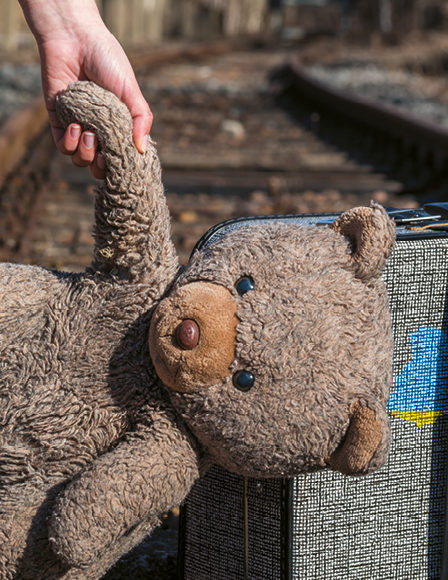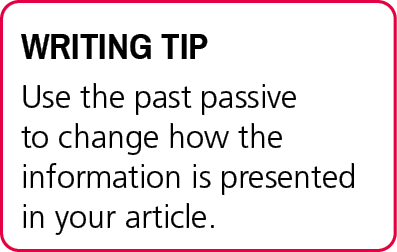UNIT 3:
ECONOMY
CLICK HERE TO READ THE PRESENTATION ABOUT PLANET EARTH AND CLIMATE OF UNIT 3.
What are we learning in this unit?
1. What are the markets in the economy?
- The goods and services market.
- The financial market: stock market/ credit market.
- The job market.
2. How are income, expenses and savings connected?
- Savings.
3. How can we be responsible consumers?
- Adverts.
- Being a responsible consumer.
- The effect of the ¨Fast Fashion¨ in our plantet
- Consumer rights.
4. What is Corporate Social Responsibility?
- Environmental.
- Economic.
- Philanthropic.
UNIT 2:
CLIMATE AND PLANET EARTH
CLICK HERE TO READ THE PRESENTATION ABOUT PLANET EARTH AND CLIMATE OF UNIT 2.
What are we learning in this unit?
1. Planet Earth
- What is the greenhouse effect?
- Natural disasters
* Project: INSTRUCTIONS/ RESEARCH NOTES
- Consequences of global warming.
2. What is climate?
- Elements of climate
- Climate zones
* Activities: CLICK HERE TO WATCH TEMPLATES
3. What is climate change?
- Causes of climate change.
- Consequences of climate change.
- Actions against climate change.
4. Ecosystems
- Earth´s ecosystems and their landscapes.
- Our responsibility to Earth´s ecosystems- Zero Waste.
UNIT 1:
THE WORLD TODAY!
1. What is the European Union?
1.1. What are the values of the European Union?
- Human Rights.
- Human Dignity.
- Freedom.
- Rule of Law.
- Equality.
- Democracy.
1.2. What are the objectives of the European Union?
- Promote freedom and peace.
- Offer security and justice.
- Respect dignity and rights.
- Promote democracy and equality.
- Respect cultural and linguistic diversity.
- Contribute to sustainable development.
2. The Institutions of the European Union
- European Parliament.
- Council of Europe.
- European Commission.
- European Council.
3. Why are human rights important?
4- What is a culture of peace?
- Respect for human rights.
- Education for peace.
- Sustainable development.
- Gender equality.
- Democratic participation.
- Tolerance.
- Flow of information.
- Disarmament.
5- Activities
Daryna When the first missiles were launched across Ukraine, Daryna was scared. She had cystic fibrosis and needed to go to the hospital often. Her family were faced with a difficult decision, but their bags were packed, and they began travelling to Poland. Mariam In Syria, Mariam’s home was surrounded by nature. Arkar In Myanmar, when the Rohingya people were attacked by Myanmar’s military and Buddhist extremist groups, Arkar and his family escaped. Their village was burnt down and they ran to the jungle, but it was set on fire. |  |
The next village was also attacked.
Many different fruits and vegetables were grown in their garden.
The children were forced to attend many different schools.
Many people were surprised by this.
It took them four days to arrive and they were able to find a doctor to help.

4. Look at the information below. Write an article about the vaccine.
- It is an antibiotic that fights infections from bacteria.
- The greatest scientific discovery of the 1900s.
- 1928 – Alexander Fleming discovered it.
- 1930s – hospitals used penicillin to treat infections.
- 1940s – WWII doctors used it to treat wounds.
- Today – used for meningitis and other infections.
Comentarios
Publicar un comentario